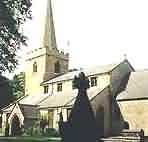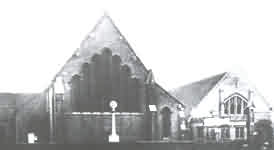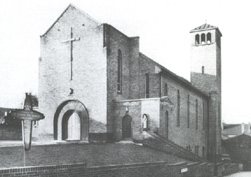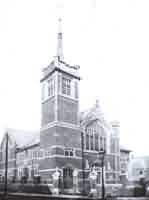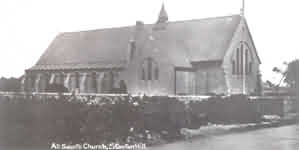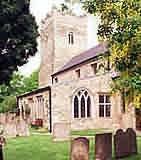St Andrews (Skegby)
Originally built in the 12th century, changes were made in the 14th century, and after further additions, a complete restoration in 1870 finalised the shape of the church and it was completely restored and nearly all its Norman origin has disappeared.St. Andrew’s has a nave, chancel, and two aisles. The north aisle is the oldest, dating back to the 13th century. On the south aisle wall is a 15th century carving of a priest reciting the Lord's Prayer, and also a piscina (for washing hands), dating from the same time.
In the north aisle is a modern window depicting the Stanton Hill, Skegby and Teversal Branch of the Royal British Legion, two of whose flags are laid up above.
The chancel has a Norman style arch, which was rebuilt and widened in the 1960's. The chancel itself was lengthened by the Victorians, and was then rebuilt after subsidence damage in the 1980's.At the west end of the church stand two stone effigies (once recumbent), dressed in forester's clothes. Opinions differ as to who they represent: they could be the Spigurnels, who owned the Manor in Skegby in the 13th century, or William of Dogmersfield and his lady, bailiff of Sherwood Forest at the same time. They are certainly late 13th century!
|  |
